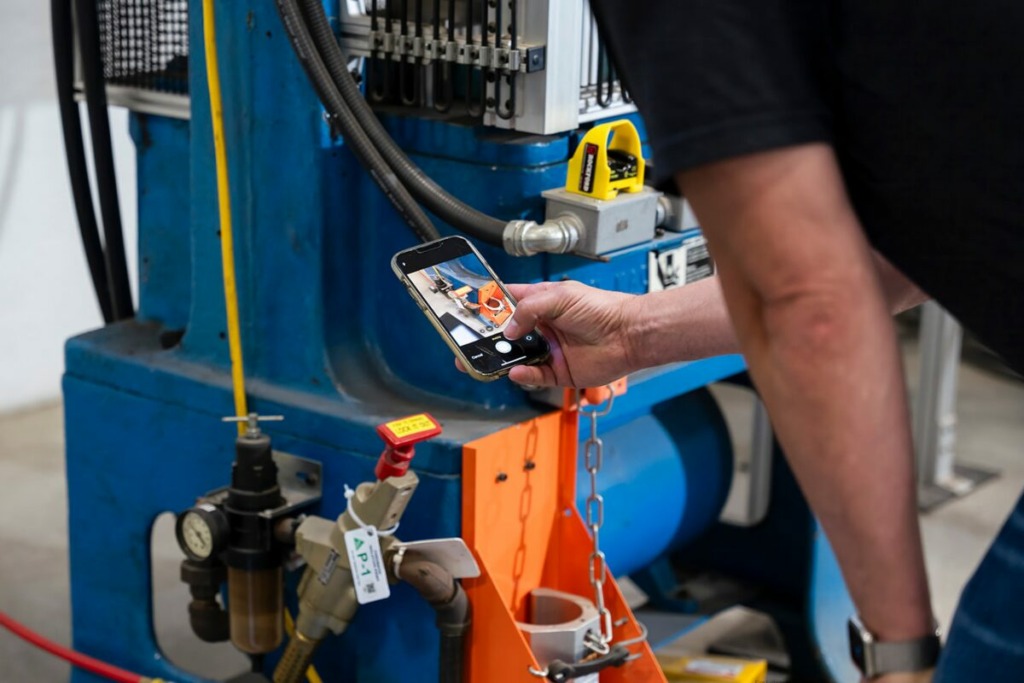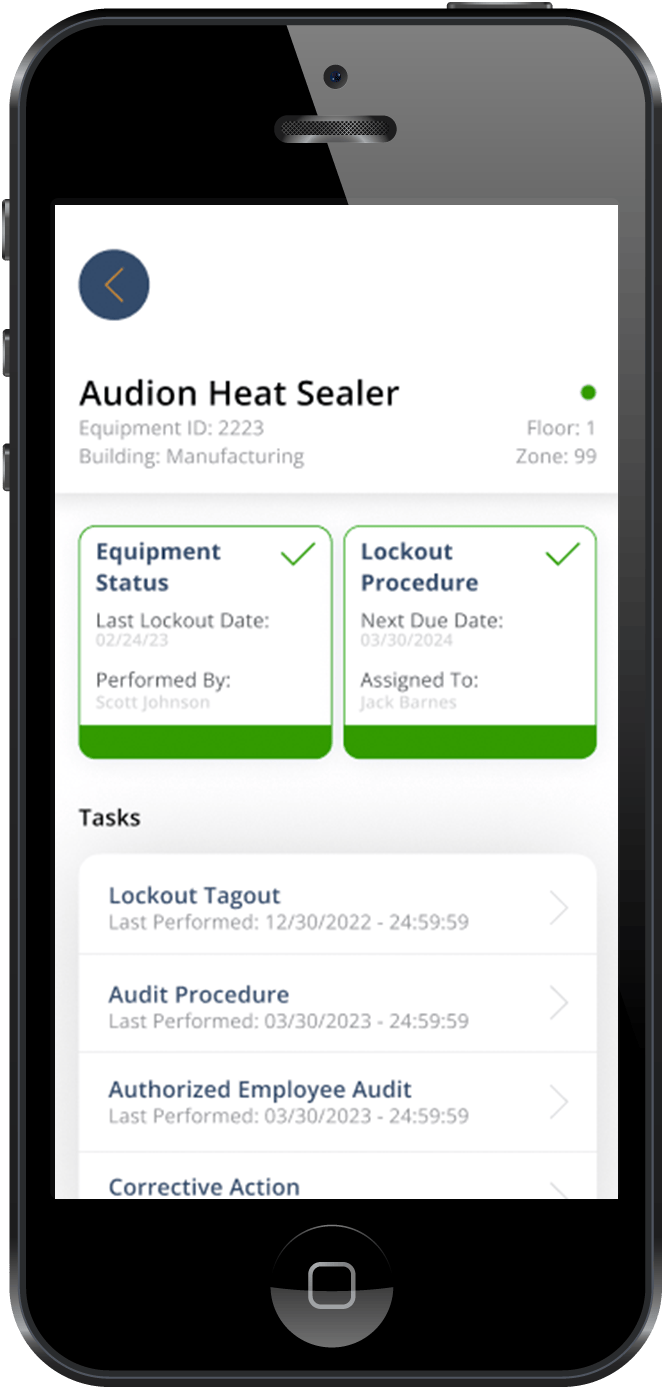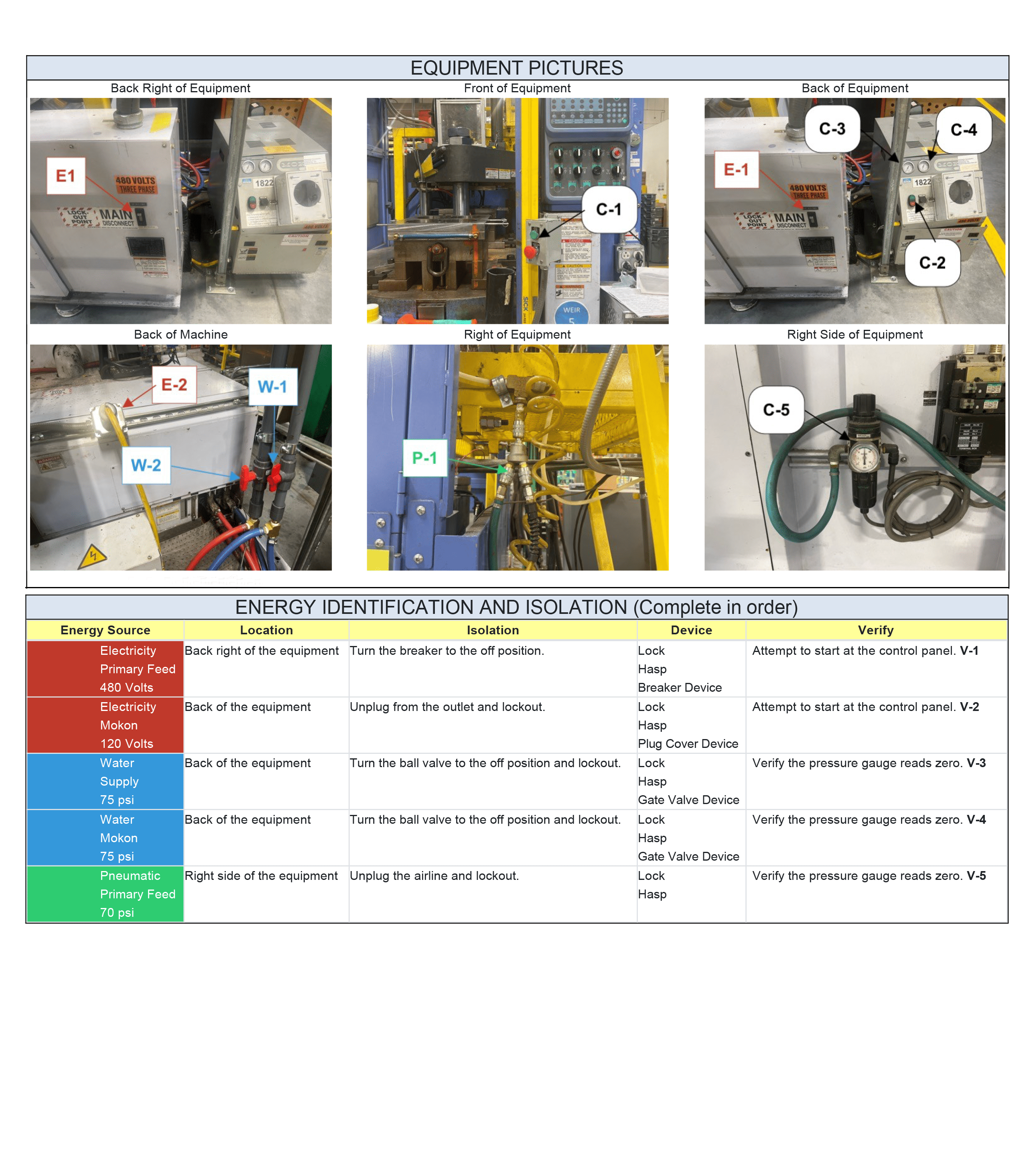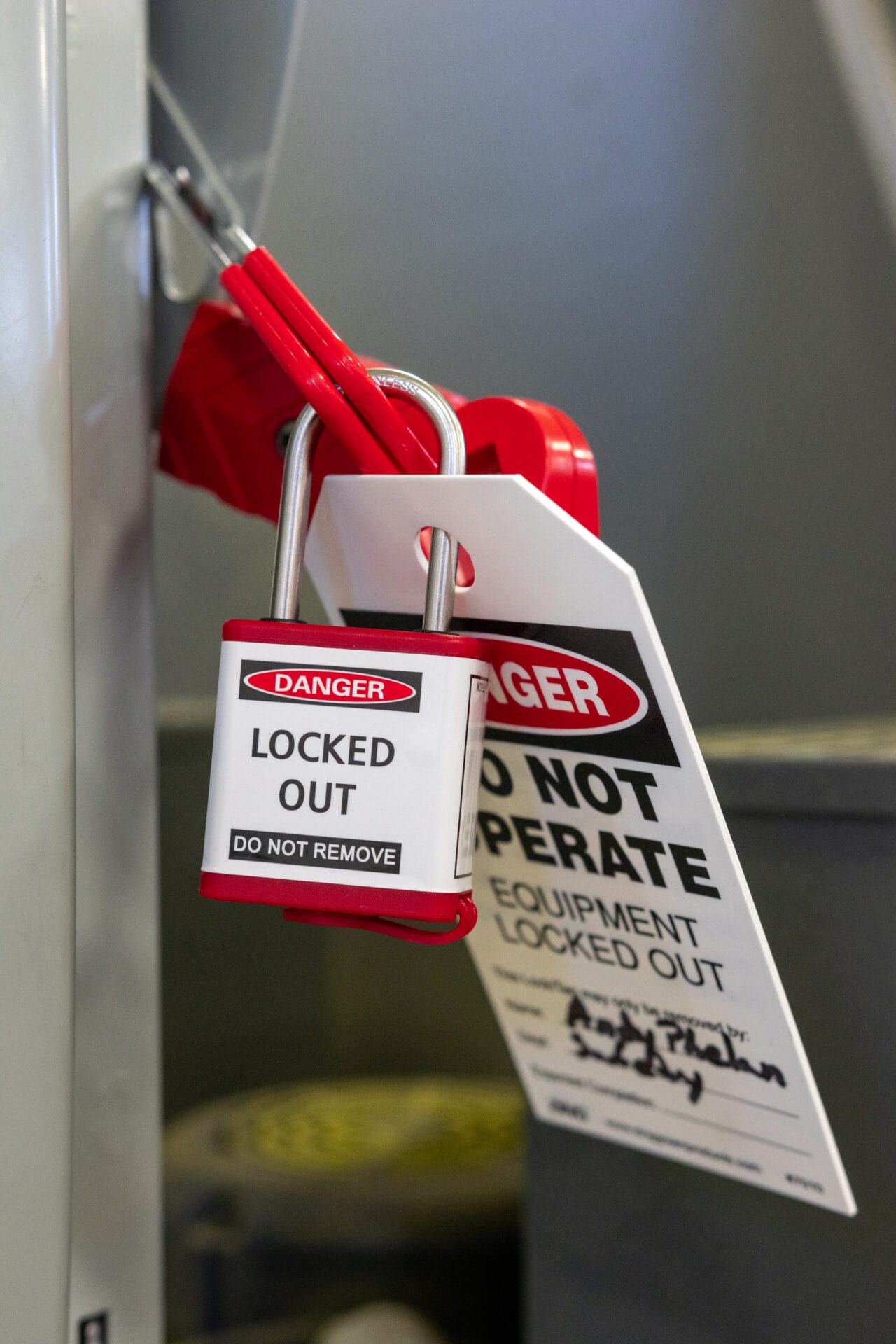A beginner-friendly explanation of the different lockout tagout roles: authorized employees, affected employees, and other employees.
If you’re here right now, I’m guessing that you’re new to lockout tagout. Welcome! I’ve been in your shoes before, and I am here to help you fully grasp the basics of this safety practice. In this article I will dive into what exactly lockout tagout is and help you distinguish between the 3 main roles in LOTO: authorized employees, affected employees, and other employees.
You may be wondering why these roles matter. After all, the names seem pretty self explanatory. So, let me put it like this. How would you feel about someone without medical training or certification doing surgery on you? ….Probably not great. When it comes to physical well-checkups and repairs, you generally want someone who is experienced and knowledgeable to be the one calling the shots. Well, the same is true for dealing with hazardous energy sources and performing lockout tagout (LOTO).
When working with hazardous energy, it is imperative that everyone involved understand their role and what they are meant to accomplish. Hence, the goal of this article is to help you feel informed and capable of performing your assigned lockout tagout role along with supporting others in their roles. Now, let’s get into it.
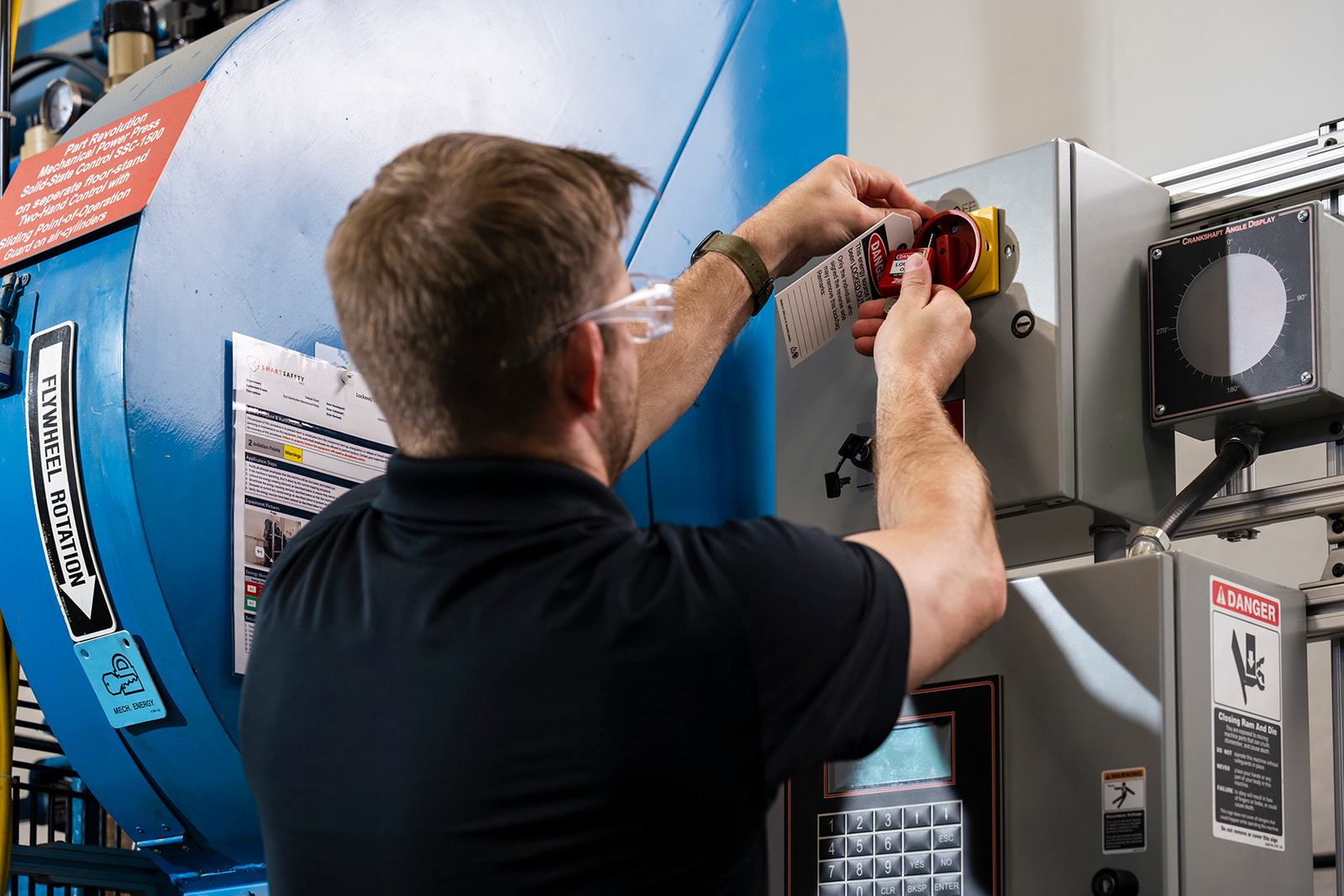
What is Lockout Tagout?
Lockout tagout (LOTO) is a safety practice used to ensure that machines and equipment are properly shut down during maintenance or servicing work. Its purpose is to protect workers like you from serious injuries or fatalities by preventing accidental startup or energization of equipment. It involves physically locking power sources and placing warning tags on the machine to alert others nearby that the equipment is off-limits until the procedure is completed and the equipment is returned to service.
So, when should LOTO be performed? What industries need it? Lockout/Tagout should be used any time there is the possibility of unexpected energization, start up, or release of hazardous energy of machines or equipment that could cause injury and harm to workers. This could apply to workers performing repairs, set up, servicing, inspections, cleaning, and other activities.
Because of its role in safety, lockout tagout procedures are often implemented in industries that deal with any form of hazardous energy (such as electrical, mechanical, hydraulic, pneumatic, chemical, thermal, and other energy sources).
What Are the Various Lockout Tagout Roles?
When it comes to lockout tagout, there are 3 roles you need to know: authorized employees, affected employees, and other employees.
Authorized Employees
Authorized employees are trained and permitted to perform lockout or tagout procedures on specific equipment.
Responsibilities of Authorized employees include:
- Informing affected and other employees before beginning procedures/maintenance activities on equipment.
- Performing LOTO procedures.
- Removing locks and tags from machinery when a LOTO procedure is complete and the machine is ready to be re-energized.
- Conducting regular periodic inspections to ensure that procedures are effective and workers know how to do them correctly.
- Be familiar with lockout tagout safety standards (OSHA 1910.147 & ANSI z244.1).
- Understand the safety program’s purpose, scope, and specific procedures for each piece of equipment they work on
Affected Employees
Affected employees are not authorized to perform LOTO procedures themselves. However, their work is impacted by the shut-down of equipment, which necessitates them being informed of upcoming lockout tagout activities.
Responsibilities of Affected employees:
- Listen to Authorized employees regarding when certain equipment will be out of commission.
- Perform their work to the best of their ability, considering needed adjustments for lockout tagout.
- Know the purpose and importance of procedures.
- Abide by the OSHA rules of compliance by not attempting to restart, re-energize, or add/remove any locks or tags from equipment.
Other Employees
Other employees may work in areas/facilities where lockout tagout procedures are being used, but generally aren’t largely impacted by procedures being performed. They need to be aware of lockout tagout for safety, but don’t really play a part in procedures occurring.
Responsibilities of Other employees:
- Perform their work to the best of their ability, considering needed adjustments for lockout tagout.
- Know the purpose and importance of procedures.
- Abide by the OSHA rules of compliance by not attempting to restart, re-energize, or add/remove any locks or tags from equipment.
- Be generally aware of their surroundings.
The Significance of Lockout Tagout Roles
Lockout tagout roles are important. They promote correct use of LOTO procedures and encourage coordination among worker, which can lead to:
- Increased efficiency – reduced time to complete procedures
- Greater worker confidence – technicians who feel informed and capable of fulfilling their specific duties
- Reduced risk – lower chance of an accident occurring
- Better collaboration – more teamwork and support for one another
However, a lack of roles or a misunderstanding of them can lead to grave consequences. To highlight the significance of lockout tagout roles, I want you to imagine the following scenario in your workplace.
Envision a pair of workers (possibly yourself and another) collaborating on a mid-size machine. Due to insufficient communication and clarity on roles, one of you unlocks and re-energizes the machine before the other has finished their servicing job. The miscommunication results in a fatal injury, which was entirely preventable.
This situation, though imagained, has happened far too frequently. Lockout tagout roles can act as a barrier against these types of accidents, making them less likely to occur.
Software Can Help You Manage Lockout Tagout
Entering the world of lockout tagout can feel like a lot. That’s why we’ve spent more than 30 years developing and refining a revolutionary tool: our lockout tagout software. It is specifically designed to help you write procedures, manage a LOTO program, and perform lockout tagout in a way that is easy, efficient, and effective. Not only that, but it can help with managing your lockout tagout devices, assigning lockout tagout roles, and coordinating efforts across your team.
Want to learn more about what our LOTO software can do and how it can make your job easier? Schedule a demo to talk with one of our specialists.
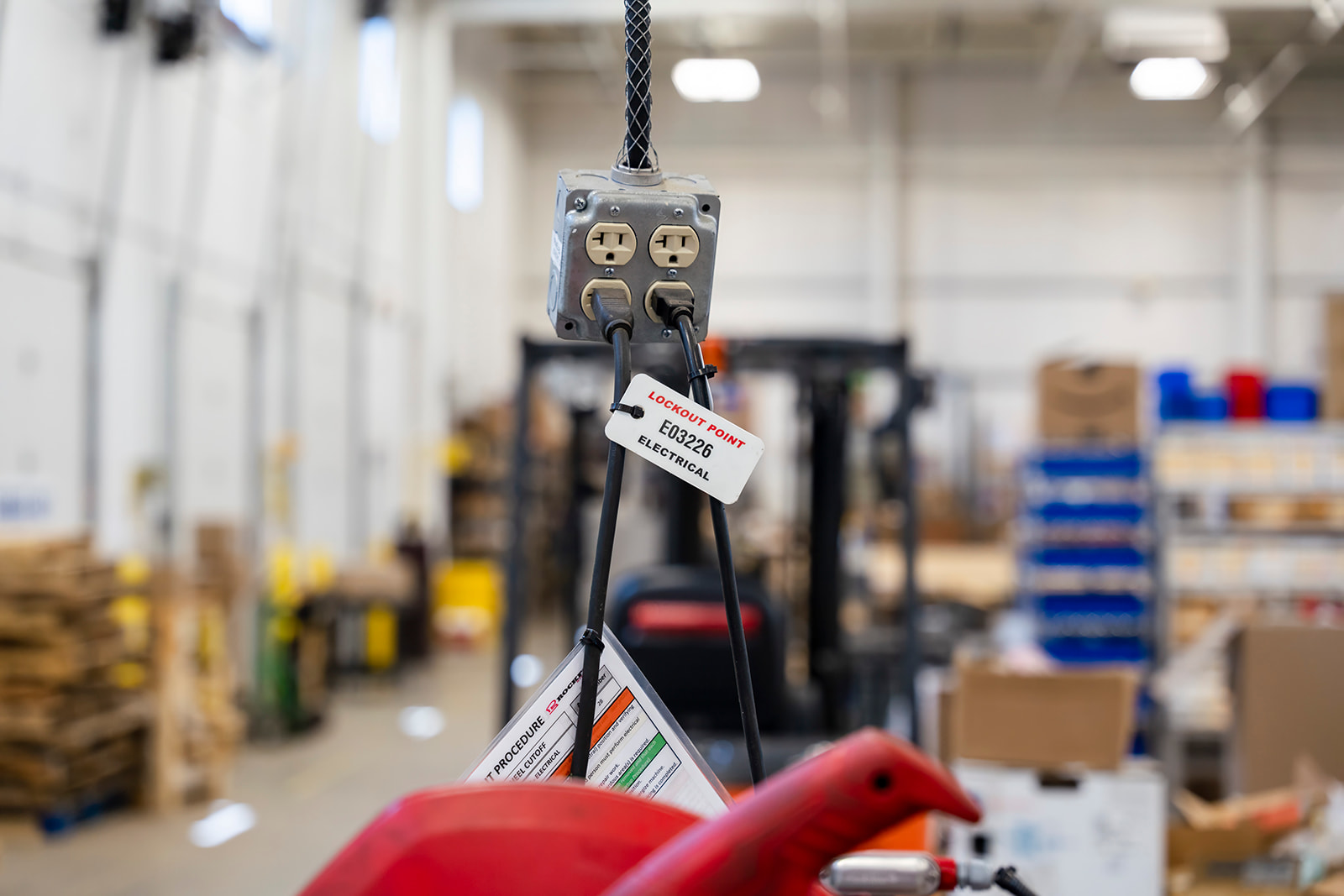
Conclusion
Lockout tagout is a powerful safety measure. However, in order for it to be effective, participants must have a clear understanding of lockout tagout roles. There are 3 roles to be familiar with: authorized employees, affected employees and other employees. Authorized employees are permitted to perform LOTO procedures while the others may be impacted by the shutdown of equipment. Though not necessary, lockout tagout software can be a great tool for making role assignments and keeping LOTO operations organized. Whether software is used or not, ensure that lockout tagout roles are assigned and understood before beginning procedures to maximize safety and productivity.


